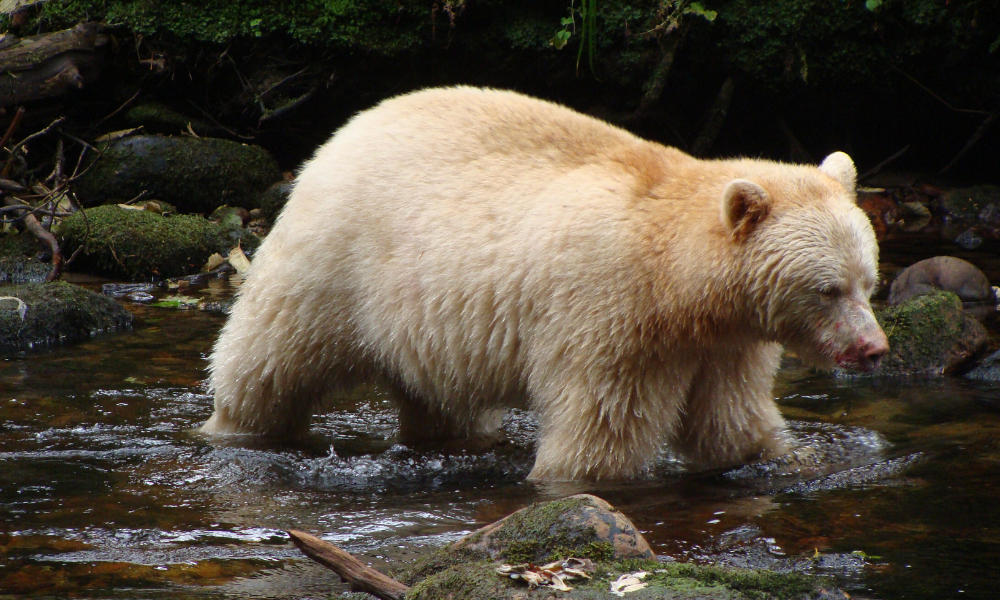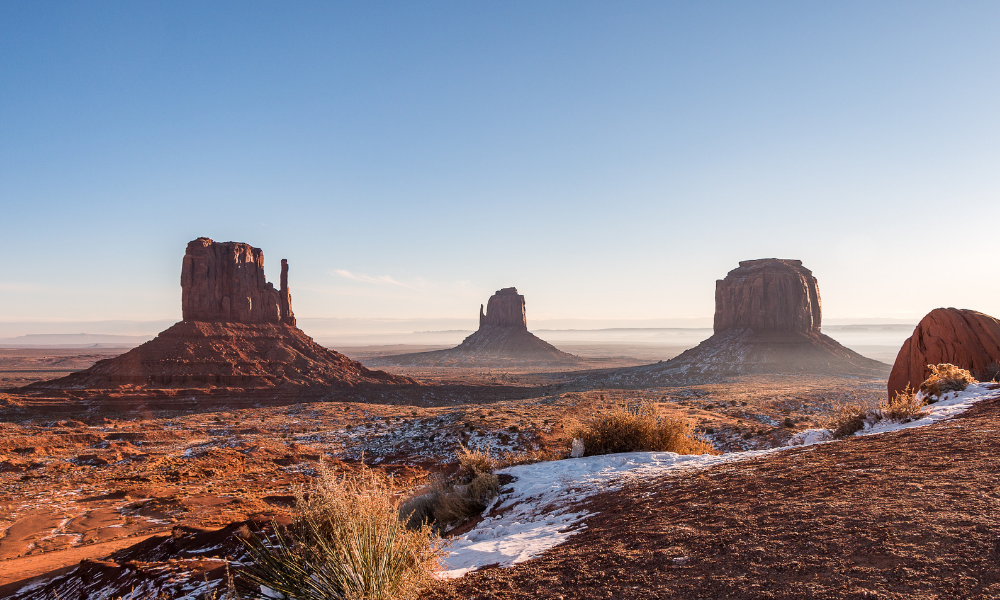Written by CREST Program Manager, Ellen Rugh
With Indigenous Peoples’ Day in October and Native American Heritage Month in November, the autumn months bring about a thoughtful place and time for CREST to reflect on the resilience, determination, and inspiration of tribal and Indigenous peoples. As responsible travelers and tourism practitioners, we must, however, be mindful that our role as allies span far beyond these designated holidays of reflection.
From the highest peaks of Machu Picchu to the geysers of Yellowstone National Park, many of the world’s most popular tourism attractions and destinations lie among the ancestral territories of tribal and indigenous people. We must pay our respect for to the history of destinations such as these, while working ever more diligently to ensure the tribal and indigenous communities of today endure and prosper.
At CREST, we advocate for a holistic approach to tourism that champions tribal and indigenous rights, protects traditional heritage, and prioritizes their economic and social well-being. Tourism, when done right, can act as a driver of sustainable development for many tribal and indigenous communities. Yet tourism, when done irresponsibly, can exploit sacred lands, assets, and values, and commodify traditional cultures.
Through critical scrutiny of our current systems, and a shared commitment to DEI, we can re-frame tourism in a way that better ensures equitable economic opportunity and prosperity for all.
Creating Partnerships
Over the past year, CREST has been working diligently with a network of 50 Indigenous leaders and industry champions to create a hemispheric collaborative. The newly launched Indigenous Tourism Collaborative of the Americas will provide a platform for community leaders, policymakers and business owners to share their experiences, to learn from one another, to take collective action and to better understand how to promote change through tourism without compromising their own cultural values.
We are proud to be part of this initiative, which builds on our decades of destination and community tourism experience. Since our inception, CREST has sought to bridge the gap that has historically existed between the tourism industry and tribal and indigenous communities. Acknowledging our role as an ally and facilitator, we seek to create spaces to elevate local voices, foster dialogue, and exchange expertise.

World Tourism Day Forums
During our annual World Tourism Day Forums, we have been honored to host First Nations thought-leaders to lend their insight in these knowledge-sharing spaces. In 2018, K’odi Nelson brought to the stage his vision for the Nawalakw Healing Society and Nawalakw Lodge — a healing center in Canada focused on language and culture resurgence that is supported by an ecotourism enterprise.
Doug Neasloss, elected Chief Councillor and Resource Stewardship Director of the Kitasoo/Xai’xais First Nation, also played a pivotal role in our first-ever World Tourism Day Forum in 2017. As a representative for the Spirit Bear Lodge, he lent his expertise around operating this community-owned ecotourism enterprise. CREST’s study entitled, Economic Impact of Bear Viewing and Bear Hunting in the Great Bear Rainforest of British Columbia, examined the economic impacts of two outdoor recreational activities in the magnificent Great Bear Rainforest in coastal British Columbia: bear hunting and bear viewing. During the time of this study, First Nation peoples living in Canada’s magnificent Great Bear Rainforest were calling for a ban on bear hunting, while the British Columbia government continued to issue hunting licenses. The study found that bear viewing tourism generates 12 times more in visitor spending than trophy bear hunting. Leveraging this piece as an advocacy resource, grizzly bear hunting was later banned in the Great Bear Rainforest in 2017.
Impact Tourism Handbook
Our Impact Tourism Handbook further outlines how they use this tourism model as a driver for cultural and language revitalization, youth development, and environmental stewardship. Read the Spirit Bear Lodge case study here or check out other examples of how tourism organizations can support indigenous communities, such as how Laguna Lodge Eco-Resort & Nature Reserve runs a health program for the local Mayan Kaqchikel community in Mexico.

Research & Fieldwork
Apart from creating these spaces for dialogue and exchange, CREST has also executed rigorous research analysis and fieldwork in tandem with tribal and indigenous communities.
In 2015, CREST began supporting Experiencias Rarámuri, a community-based tourism project in the Copper Canyon of Chihuahua, Mexico. Though the Copper Canyon is already a popular tourism destination, the Rarámuri have historically been excluded from these economic activities, while simultaneously having their image exploited and commodified by outside enterprises. CREST worked with the Huetosachi and Bacajipare communities to develop community-based tourism experiences that create jobs and generate income while showcasing traditional Rarámuri handicrafts, cuisine, hiking trails, and storytelling.
Across the Americas, tribal and indigenous communities fight tirelessly to ensure the survival of their language, culture, ancestral territories, and values. It is through our work, and our organizational commitment to DEI, that we will continue to act as a resource and ally in promoting more equitable, just, and respectful tourism practices.

